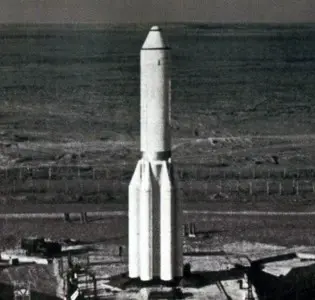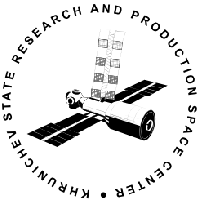Proton 1
Launch Success
Liftoff Time (GMT)
11:16:00
Friday July 16, 1965
Mission Details
Launch Notes
First flight of a Proton rocket. First Soviet heavy rocket, and world's first heavy rocket.
Proton 1
Proton 1 is a satellite of the N-4 constellation. The N-4 heavy science satellites were developed by Vladimir Chelomei's OKB-52 in the early 1960s. Baptized "Proton", they will give this name to the UR-500 launcher which will put them into orbit. They are designed to study very high-energy particles in low Earth orbit, assess the hazard they represent, and determine the intensity and energy spectrum of electrons and gamma rays. These studies are not possible on Earth, because the charged particles are mainly absorbed by the atmosphere. They are sized to operate in orbit for forty-five days, and are equipped with four solar panels, several batteries and a thermoregulation system. The batteries are located in small capsules placed between the central body and the external envelope of the satellite.
Low Earth Orbit
1 Payload
8,300 kilograms
Rocket


Manufacturer
KhrunichevRocket
Height: 39.8m
Payload to Orbit
LEO: 12,200 kg
GTO: 0 kg
Liftoff Thrust
8,387 Kilonewtons
Fairing
Diameter: 4.15m
Height: 8.5m
Stages
2
Launch Site
Stats
Proton
1st
Mission
1st
Mission of 1965
Khrunichev State Research and Production Space Center
136th
Mission
25th
Mission of 1965
1965
62nd
Orbital launch attempt